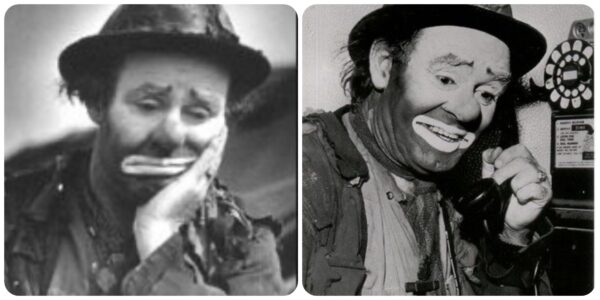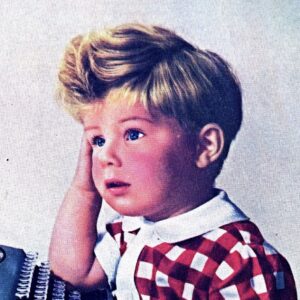Happy 2024! How better to greet this new year than with a reflection on childhood—or more specifically, on childlikeness?
A few years ago my Regent College professor, Dr. Jim Houston, asked me to write an essay for his proposed new book, An Introduction to Child Theology. Jim is now a centenarian, and this—so far!—is his last published book. In it I join twenty other writers exploring the theme of childlikeness in Christian theology. What follows is my contribution, which I’ve divided into seven segments to be published over the next seven weeks. It’s a pretty fun piece, if I do say so myself, so enjoy!
• • • • •
I’ve long been intrigued by the notion of the Garden of Eden as a geographical place which still exists on this earth and which, were it not for sin, we could go to. I think of childhood in much the same way. I picture it as a country, a lost parkland, like Atlantis except rural, sunk beneath the waves of adult consciousness, guarded by the cherubim of lost time and the flaming sword of innocence.
Is there any way back to this ever-ever land? There must be, for our Master Jesus bids us go there by becoming as little children (Mt 18:3). He declares childlikeness a prerequisite for entering the Kingdom of Heaven, which is not ‘out there somewhere’ but within us. How could it not be, since we ourselves have lived it? Childhood is, at the deepest level, ourselves. Philip said, “Lord, show us the way to the Father,” to which Jesus responded, “Don’t you believe that I am in the Father, and that the Father is in Me?” (Jn 14:10) Similarly, the Land of Childhood is within you, and not only do you know the way to it, you are the way.
Emmett Kelly, aka Weary Willy, was a sad-faced clown who began his career in the Depression era. A wretched, ill-starred character, he was the tramp who couldn’t crack a peanut with a sledge hammer, the janitor who tried but always failed to sweep up the pool of light from a spotlight. He was famous for wearing a perpetual sad face that never smiled. One day during an interview with a reporter, he received a call from the hospital to announce, “Congratulations! You’re the father of a baby daughter!”—whereupon the clown broke into a broad smile and the reporter promptly snapped his photo. It was the only photograph ever taken of Weary Willy smiling.
What is it that plasters the smile on a new father? The wonder of a new life, certainly, which one has participated in creating, and the satisfaction of knowing that one’s own life will, in a sense, continue in one’s offspring. All of this and more. But deepest of all, perhaps, is the invitation one senses to re-enter, through the new child, the mystery of one’s own childhood, of Childhood itself. At birth a door opens, for both baby and parent: for the one into a new world, for the other into a lost world. So hermetic is childhood for an adult that this secret door may remain forever shut, accessible only through the help of another child as guide.
I wrote the story of Emmett Kelly’s smile on my daughter’s thirtieth birthday card, to tell her how, after all these years, she still puts a smile on her old man’s face. Though fully an adult now, she continues to connect me with childhood because I consciously lived hers alongside her, in a way I did not—could not—my own. And this connection will deepen dramatically, I trust, when, God willing, she presents me with grandchildren.
The above essay, the first of seven parts, is excerpted from An Introduction to Child Theology, edited by James M. Houston, pp 220-29.
I’ve also written on the theme of childhood and childlikeness in my book The Mystery of Children: What Our Kids Teach Us About Childlike Faith, available as a free ebook on this site, or in paper from Amazon.






